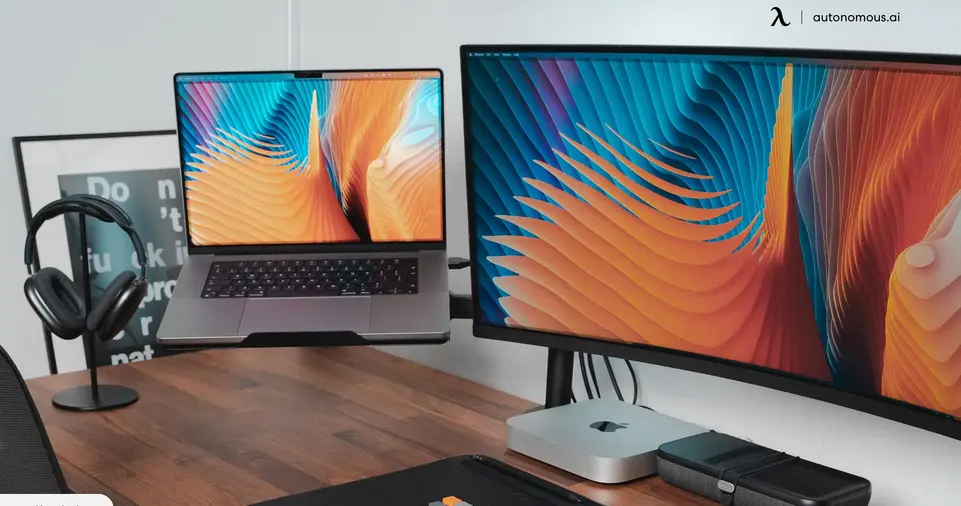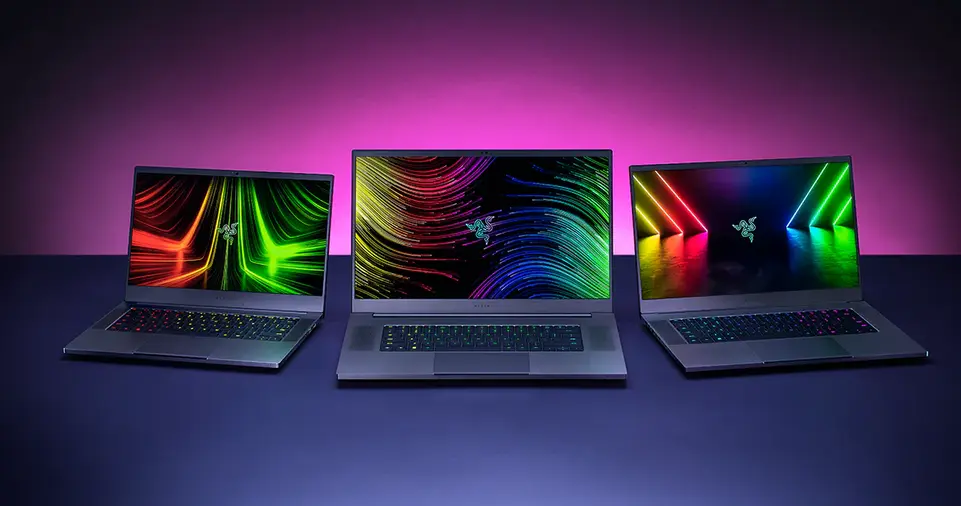A slow computer or laptop can be frustrating, especially when you’re trying to complete important tasks or enjoy seamless entertainment.
Over time, computers accumulate unnecessary files, background processes, and software that slow down their performance.
Whether you’re using Windows or macOS, various factors contribute to sluggish performance, including outdated hardware, malware infections, and inefficient settings.
The good news is that you don’t need to buy a new PC to experience improved speed.
With some effective tweaks and optimizations, you can significantly enhance your device’s performance.
This detailed guide will walk you through multiple methods to speed up your slow computer or laptop.
We will cover essential tips, from simple fixes like restarting your device to advanced solutions such as upgrading hardware and optimizing virtual memory.
By following these steps, you can reclaim lost speed and improve the efficiency of your system.
Let’s dive into the solutions and get your computer running like new again.
Step by Step Guide to Speed Up Your Slow Computer or Laptop

Restart Your Computer
Many people leave their computers on for days without restarting.
Restarting your computer helps clear RAM (Random Access Memory) and closes unnecessary background applications, improving performance.
When you restart, temporary system files that might be causing slowdowns are also removed.
- Windows Users: Click on the Start menu > Power > Restart.
- Mac Users: Click on the Apple Menu > Restart.
Regularly restarting your system ensures it runs efficiently and reduces the chance of sluggish performance.
Disable Startup Programs
When you turn on your computer, several programs start running in the background. These startup programs can slow down your computer significantly.
Disabling unnecessary startup applications can help improve boot times and overall performance.
How to Disable Startup Programs on Windows:
- Press
Ctrl + Shift + Escto open Task Manager. - Click on the Startup tab.
- Identify unnecessary programs and Disable them.
How to Disable Startup Programs on Mac:
- Open System Settings.
- Navigate to Users & Groups > Login Items.
- Remove unnecessary startup programs.
By disabling non-essential startup programs, you ensure your system boots up quickly and runs more efficiently.
Uninstall Unnecessary Programs
Many applications that you install over time can slow down your computer, even if they are not actively running.
Uninstalling unwanted programs can free up disk space and improve performance.
How to Uninstall Programs on Windows:
- Open Control Panel.
- Click on Programs & Features.
- Select the programs you no longer use and click Uninstall.
How to Uninstall Programs on Mac:
- Open Finder.
- Navigate to the Applications folder.
- Drag unwanted applications to the Trash.
Regularly cleaning up unused software keeps your system clutter-free and optimized.
Clear Temporary Files & Cache
Temporary files and cache accumulate over time and take up valuable space on your hard drive, leading to sluggish performance.
How to Clear Temporary Files on Windows:
- Press
Win + R, type%temp%, and press Enter. - Select all files in the folder and delete them.
How to Clear Cache on Mac:
- Open Finder > Go > Go to Folder.
- Type
~/Library/Caches/and press Enter. - Delete unnecessary files.
Cleaning up these files ensures smoother performance and better storage management.
Increase Virtual Memory (Windows)
Virtual memory acts as an extension of your physical RAM.
If your system runs out of RAM, it uses virtual memory to compensate.
Increasing virtual memory can improve performance when multitasking.
Steps to Increase Virtual Memory:
- Right-click on This PC > Properties > Advanced system settings.
- Under Performance, click Settings > Advanced > Virtual Memory > Change.
- Set a Custom Size (Recommended: 1.5x to 3x your RAM size).
Adjusting virtual memory allows your computer to handle more tasks without slowing down.
Disable Visual Effects
Fancy animations and visual effects may look good, but they consume system resources. Disabling them can enhance performance.
Windows:
- Right-click This PC > Properties > Advanced system settings.
- Under Performance, click Settings > Adjust for best performance.
Mac:
- Open System Settings > Accessibility.
- Reduce motion and transparency.
Disabling unnecessary visual effects improves speed and responsiveness.
Update Your System & Drivers
Outdated operating systems and drivers can cause slowdowns and security vulnerabilities.
Keeping them updated ensures optimal performance.
Windows:
- Go to Settings > Windows Update > Check for updates.
Mac:
- Open System Settings > Software Update.
Updating your OS and drivers ensures better compatibility and performance.
Scan for Malware & Viruses
Malware can consume resources and slow down your computer. Regular scans with antivirus software help detect and remove threats.
Recommended Antivirus Software:
- Windows Defender (built-in)
- Malwarebytes
- Bitdefender
Running periodic scans keeps your system secure and optimized.
Free Up Disk Space
A cluttered hard drive can slow down your PC. Free up space by deleting large files and unused applications.
Windows:
- Use Disk Cleanup (
Win + R, typecleanmgr).
Mac:
- Use Storage Management (
Apple menu > About This Mac > Storage).
Regular disk cleanups improve performance and storage efficiency.
Upgrade Your Hardware
If your PC is still slow, consider upgrading hardware components like RAM and Storage.
Recommended Upgrades:
- Add More RAM – If your PC has less than 8GB RAM, upgrade it.
- Switch to an SSD – If using an HDD, replace it with an SSD for faster speed.
Upgrading hardware is one of the most effective ways to enhance performance.
Reset Your PC (Last Resort)
If none of the above methods work, resetting your PC to factory settings may be necessary.
Windows:
- Go to Settings > Update & Security > Recovery > Reset this PC.
Mac:
- Use macOS Recovery to reinstall the OS.
Resetting your PC restores its original speed by removing unnecessary software and files.
ALSO READ:
Conclusion
By following these steps, you can significantly improve your computer’s performance.
Whether you’re optimizing settings, removing unnecessary software, or upgrading hardware, these solutions will help you get the most out of your PC or laptop.
Regular maintenance and best practices ensure your system remains fast and efficient.
Try these methods today and enjoy a faster, smoother computing experience!







